Import/Convert XML Files to Excel is a versatile and invaluable feature for simplifying data integration and analysis. Whether you’re combining data from various sources, generating structured reports, managing databases, or automating data retrieval, this capability streamlines your workflow and enhances data-driven decision-making. By converting XML files into an Excel-friendly format, you gain the power to transform, analyze, and visualize data with ease. Embrace the potential of ‘Import/Convert XML files to Excel’ to unlock new possibilities for efficient data handling, enabling you to excel in your data-driven tasks.
This Content Covers:
2.1 XML File that is Saved On your System
2.2 XML File into Excel using the web URL
1. What is an XML File?
Extensible Markup Language is referred to as XML. Data that is easily readable by programs and systems can be stored in an XML file. The use of XML as a file format for storing and sending data via the internet is fairly common nowadays. However, it’s not as simple for people to read, which is why we might need to change it to a more user-friendly style.
2. How do Import/convert XML files to Excel?
2.1 XML File that is Saved On your System
If you have an XML file saved on your device and you want to import or convert your XML to Excel then follow the steps below.
Step 1: Open a blank worksheet where you want to import the XML file. Now go to,
Data>>New Query>>From File>>From XML.
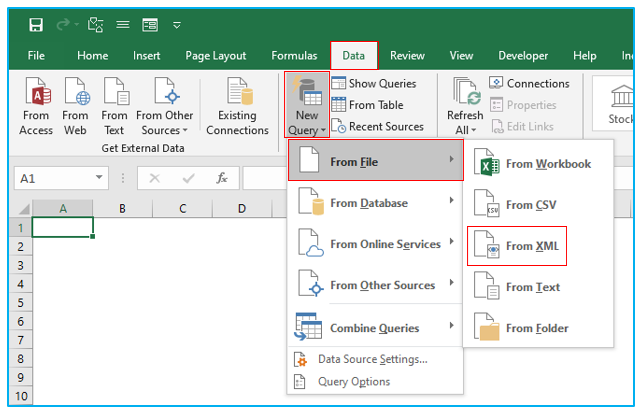
Step 2: Locate your XML file from your device, select it and click Import.
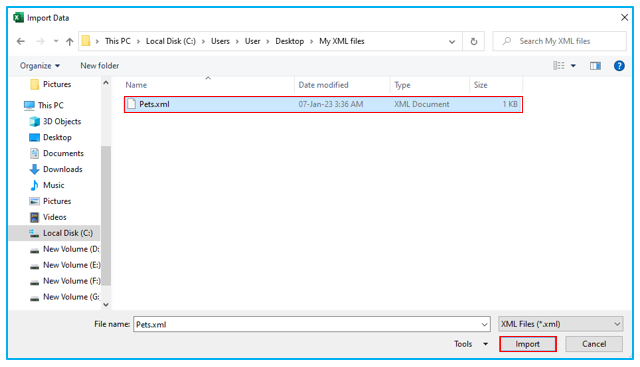
Step 3: From Navigator dialogue box, select the XML file and click on Load.
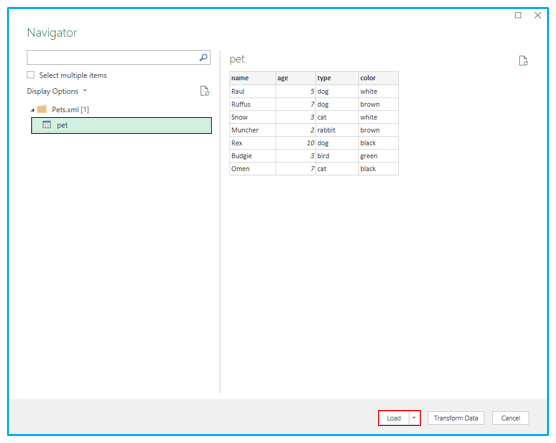
Step 4: Once you click on Load, the XML will be converted/imported into your Excel workbook in a new worksheet. Any changes you make to the original XML file will also be updated in your Excel worksheet table.
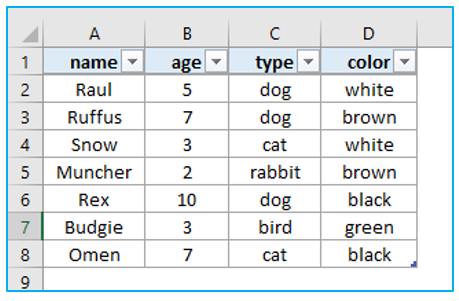
2.2 XML File into Excel using the web URL
The steps below will show you how to quickly import an XML file into Excel if you don’t have one on your computer but you have its URL from the internet.
Step 1: Again, open a blank workbook and go to Data>>New Query>>From Other Sources>>From Web.
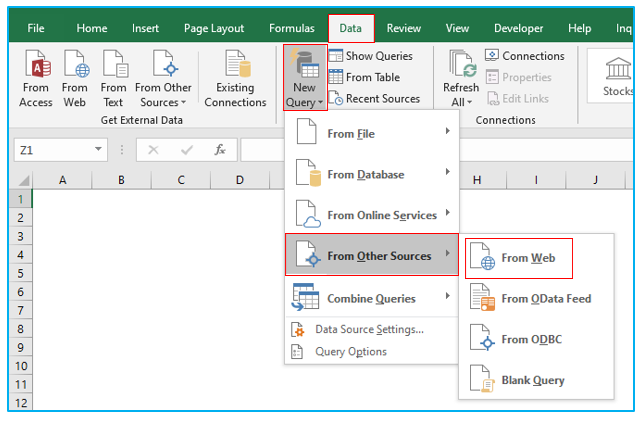
Step 2: Enter the XML URL you have in this URL box in From Web prompt. Click OK.

Step 3: Click on Connect if Access Web Content dialogue box appears.
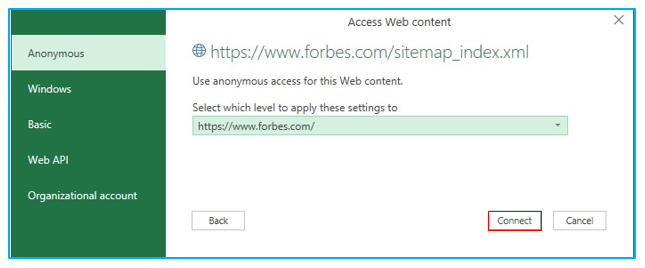
Step 4: The Navigator dialogue box will pop-up. Select the XML file and click on Load.
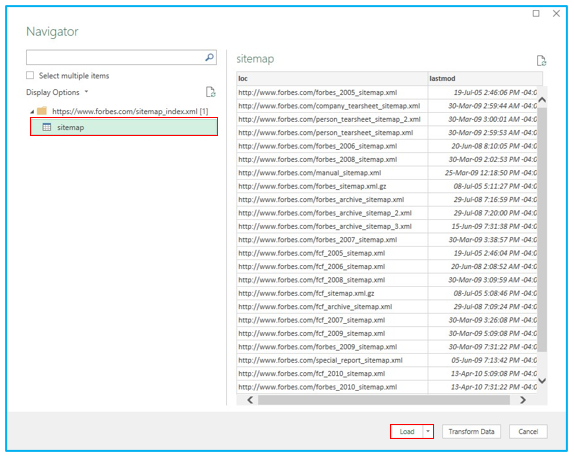
Step 5: The XML file from internet will be imported into a new worksheet.
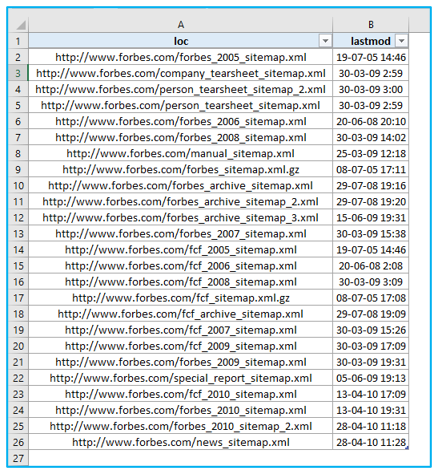
Application of Import/Convert XML files to Excel
- Full Names:
- Merge first and last name columns to create a single column for full names.
- Addresses:
- Combine address components like street, city, and zip code into a unified address column.
- Date and Time:
- Merge date and time columns to create a timestamp for better analysis.
- Category Tags:
- Combine multiple category tags or labels from separate columns into a single category column.
- Concatenated Keys:
- Create unique keys by merging values from different columns, often used in database management.
- Custom Text:
- Merge columns to add custom text or separators for specific formatting needs.
Merging or combining two columns in Excel simplifies data preparation and organization, making it easier to work with your datasets efficiently and effectively.
For ready-to-use Dashboard Templates:
